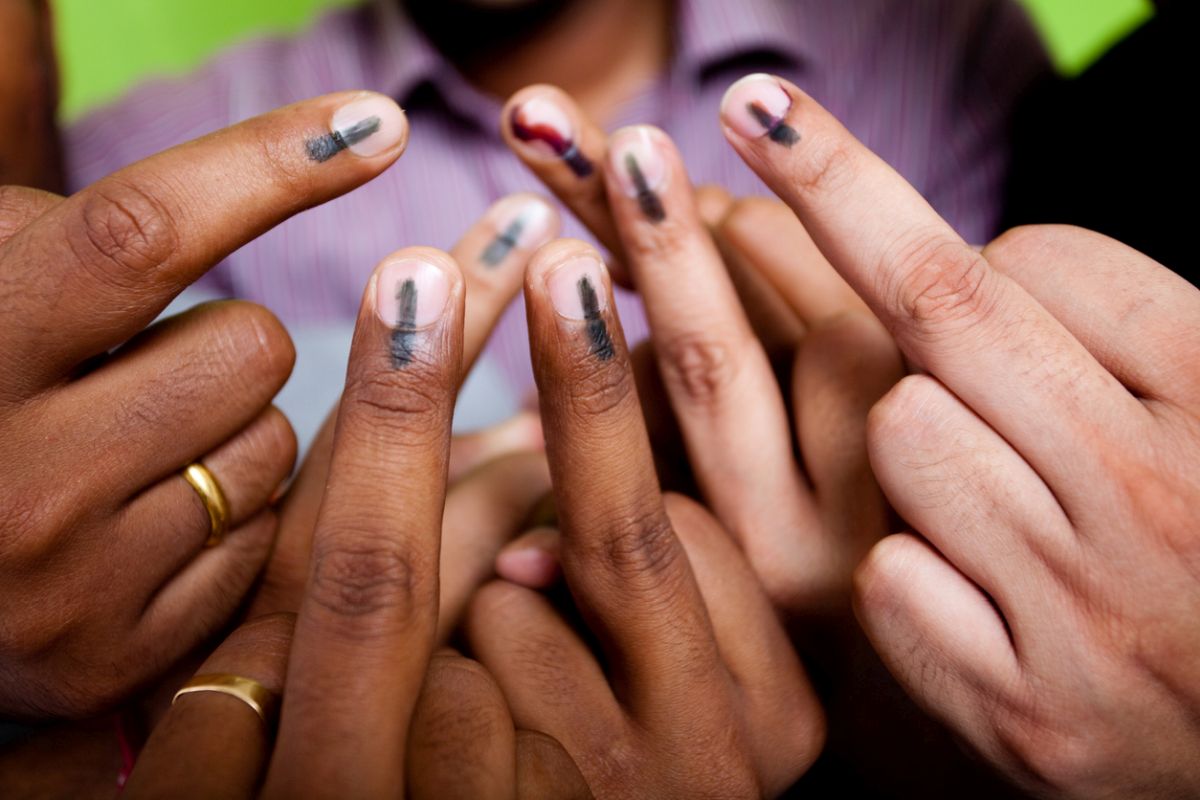ZPM to sweep Mizoram polls, show trends; Lalduhoma likely to be the new CM
Early results indicate a potential landslide for the ZPM, leading in 29 seats, while the incumbent MNF trails far behind.
The Mizos, Kukis, Zomis, Hmars, Chins (from Myanmar) and Chin-Kukis share common ancestry, culture and traditions as part of the Zo community.

Representational image.
The forthcoming Mizoram assembly election is anticipated to be significantly influenced by the recent turmoil in Manipur, particularly regarding the displaced Kuki tribespeople who have taken refuge in the state.
Mizoram’s incumbent chief minister Zoramthanga has skilfully leveraged the crisis in neighbouring Manipur to not only show solidarity with the minority Kukis there, but also garner sympathy and support of the Mizos who will cast their votes on November 7.
Advertisement
The Mizos, Kukis, Zomis, Hmars, Chins (from Myanmar) and Chin-Kukis share common ancestry, culture and traditions as part of the Zo community.
Advertisement
The ruling Mizo National Front (MNF), which has been in power since 2018 in Mizoram, is grappling with anti-incumbency and rallying around the issue of Mizo identity to unite its support base.
The violence in Manipur has led to significant casualties with over 50,000 people rendered homeless. Official figures indicate that around 12,584 displaced tribals have sought refuge in Mizoram. Emotions are running high among tribal communities in the northeastern states due to the violence against their kin in Manipur.
Zoramthanga has seized this opportunity to launch a campaign in Mizoram by emphasizing the need for a thorough investigation into the situation and demanding the accountability of the central dispensation and Manipur chief minister N Biren Singh.
The insurgent leader-turned-politician also lent his support to the Kuki-Zo tribals throughout the Manipur violence. He even publicly condemned certain incidents despite his affiliation with the BJP-led Centre.
He has maintained that the violence inflicted upon the Zo tribe transcends coalition politics. He has also not hesitated from criticizing Biren Singh, stating that his party does not entirely align with NDA’s policies and objectives despite being a component of the alliance.
On the other hand, the Congress, which ruled Mizoram from 1987 until 2018, is navigating a challenging political landscape this time. The party is positioning itself as the champion of tribal rights and an opponent of religious intolerance. Party leader Rahul Gandhi’s recent visit to the northeastern state has only bolstered its position.
“We are with the people of Mizoram and against any religious intolerance. We want to secure tribal identity, only the Congress can protect the rights of the tribals,” Congress media and communications coordinator Matthew Antony told The Statesman.
Mizoram’s electoral politics has largely followed a two-party system since it gained statehood in 1987, with the Congress, MNF and the Zoram People’s Movement (ZPM) emerging as primary political players.
In terms of vote share, the Congress remains the second-largest party in Mizoram.
The MNF emphasizes on ethno-nationalism and Zo ethnic unity, expressing confidence in returning to power. However, the anti-incumbency factor against it can play a spoilsport.
The ZPM is advocating for systemic change and has garnered support among young voters in urban areas, particularly in Aizawl and Serchhip town. However, the party faces challenges in rural areas where the Congress has a stronger presence.
The grand old party has formed alliances with like-minded parties and civil society organizations to bolster its position in the election.
The Mizoram election promises to be a closely contested one with various parties competing for power while addressing critical issues of development, tribal identity and Manipur mayhem.
Advertisement